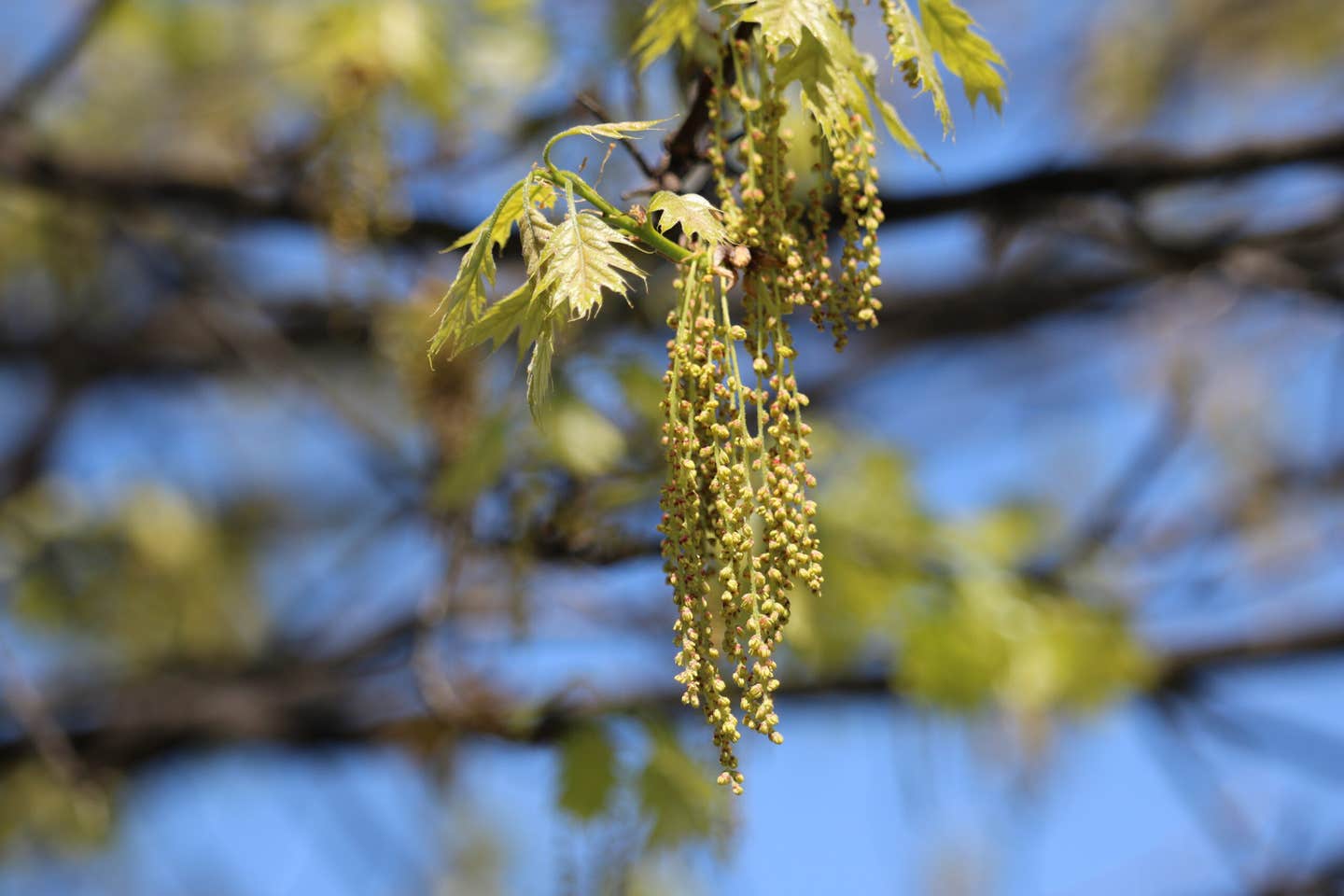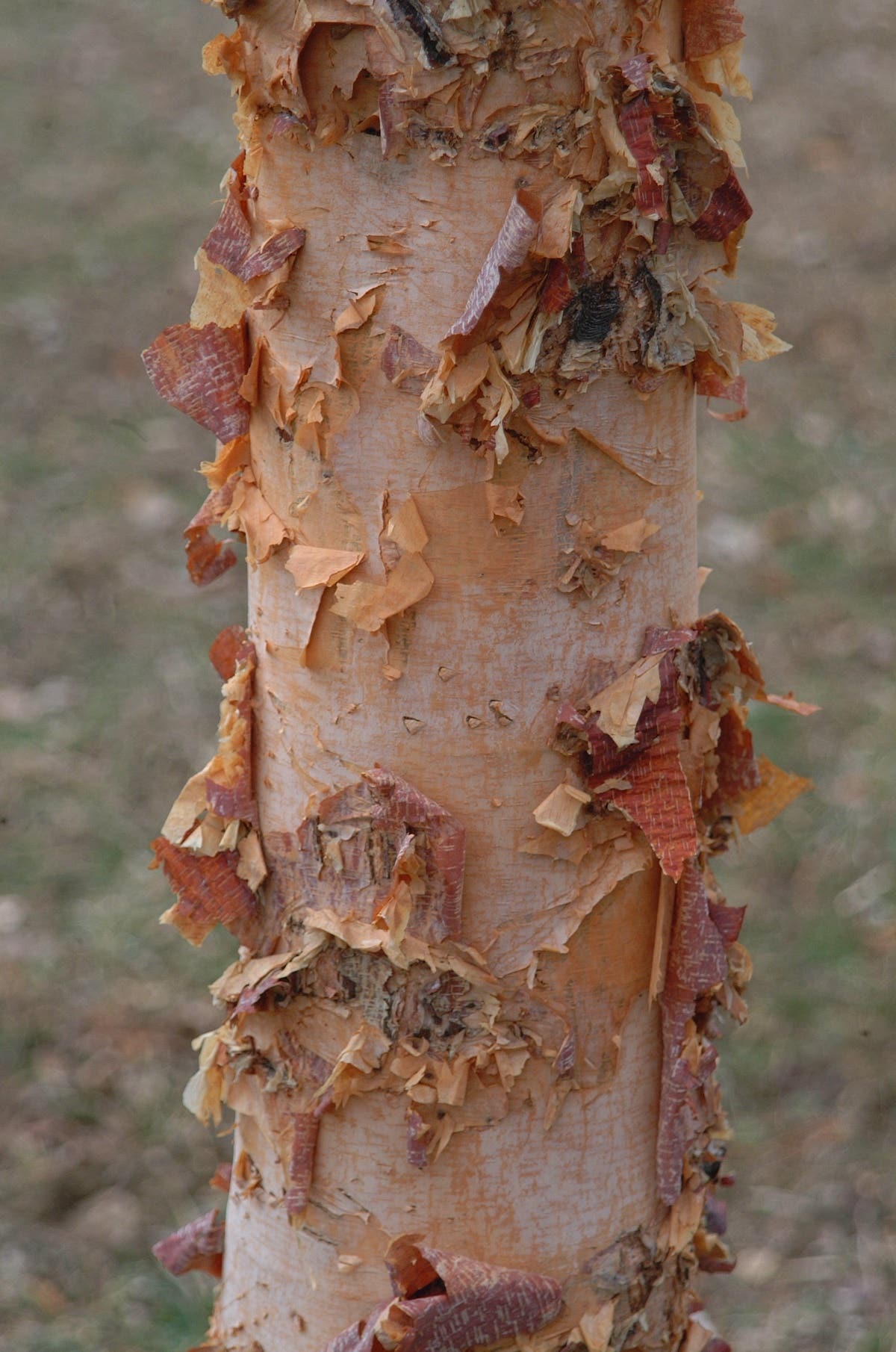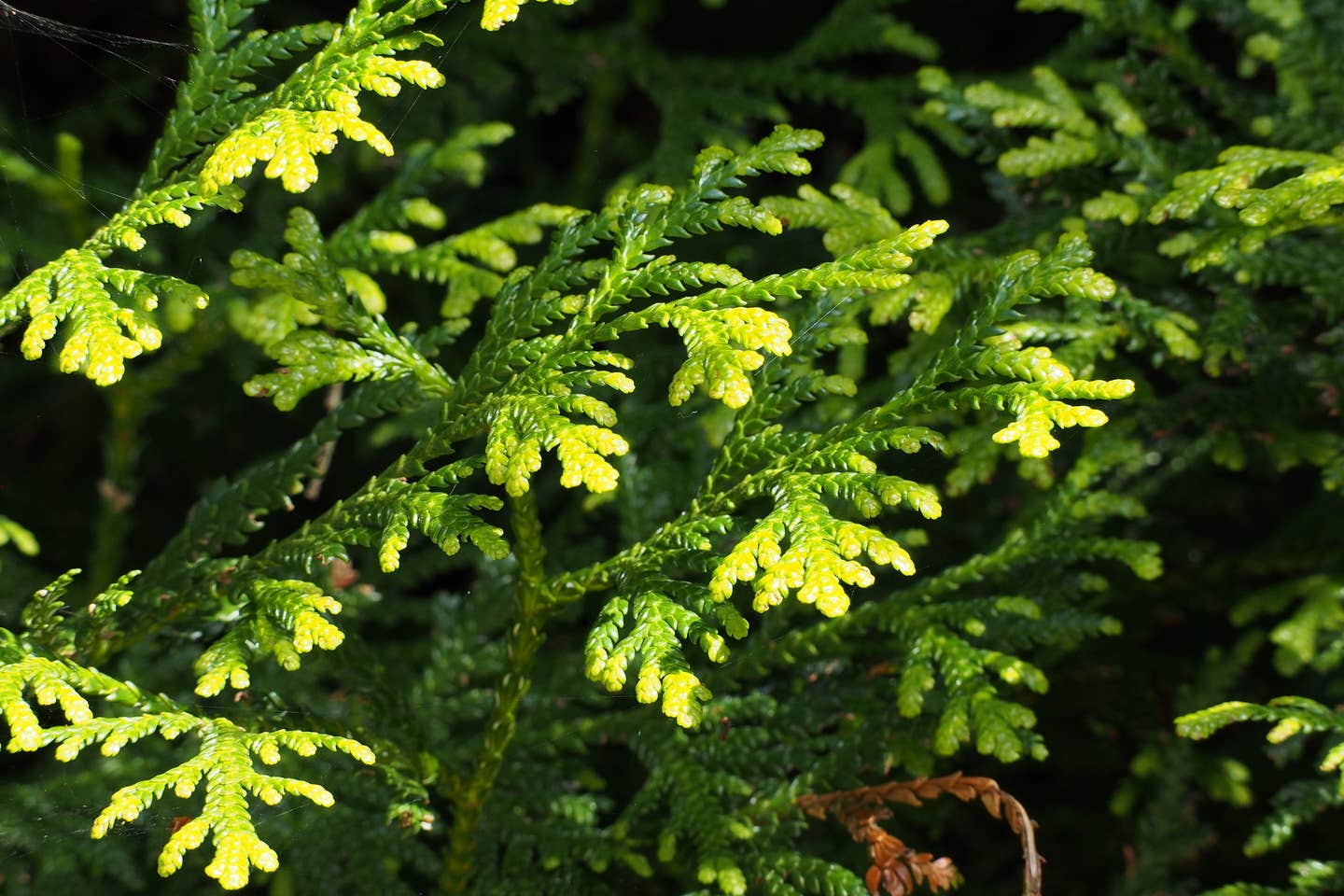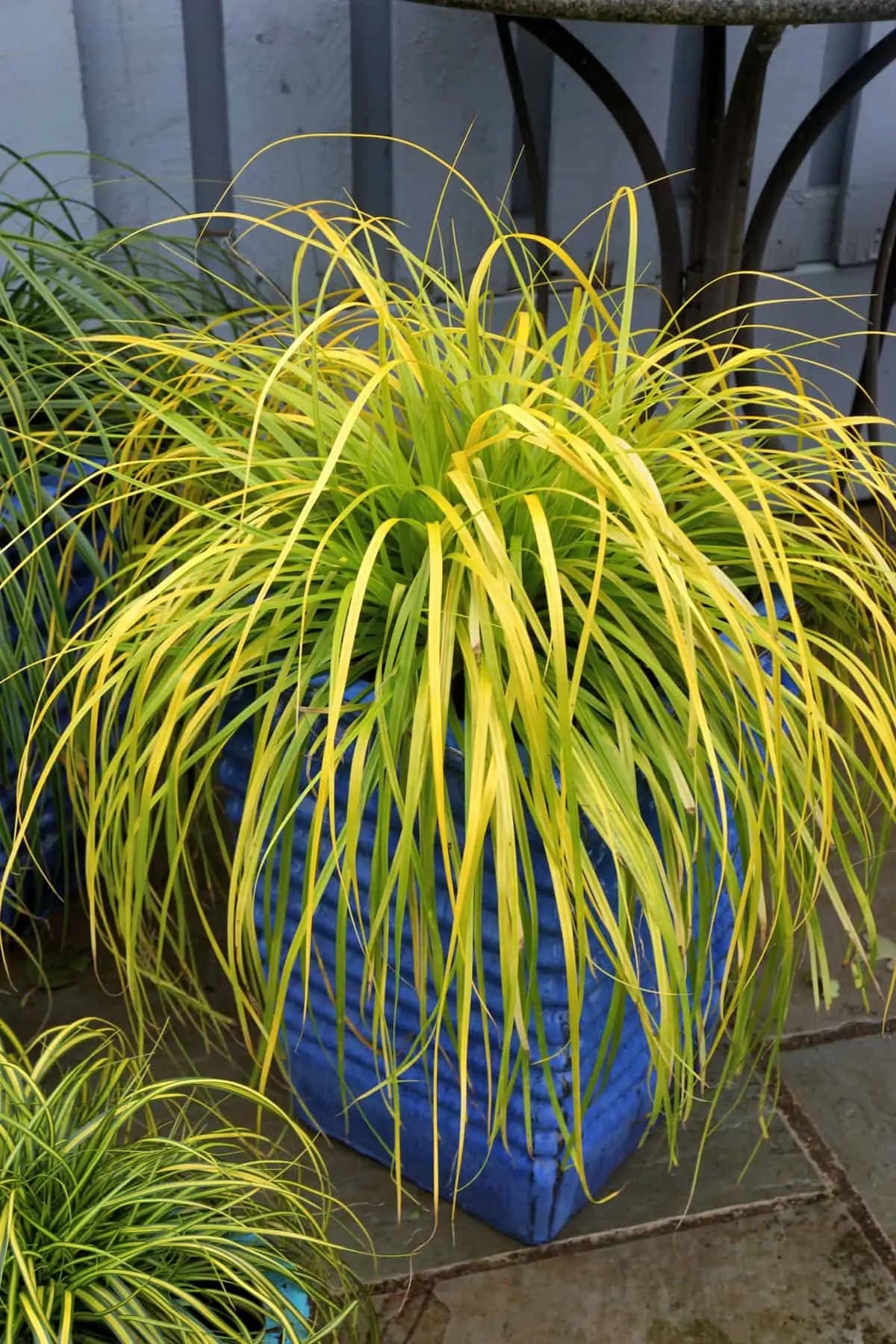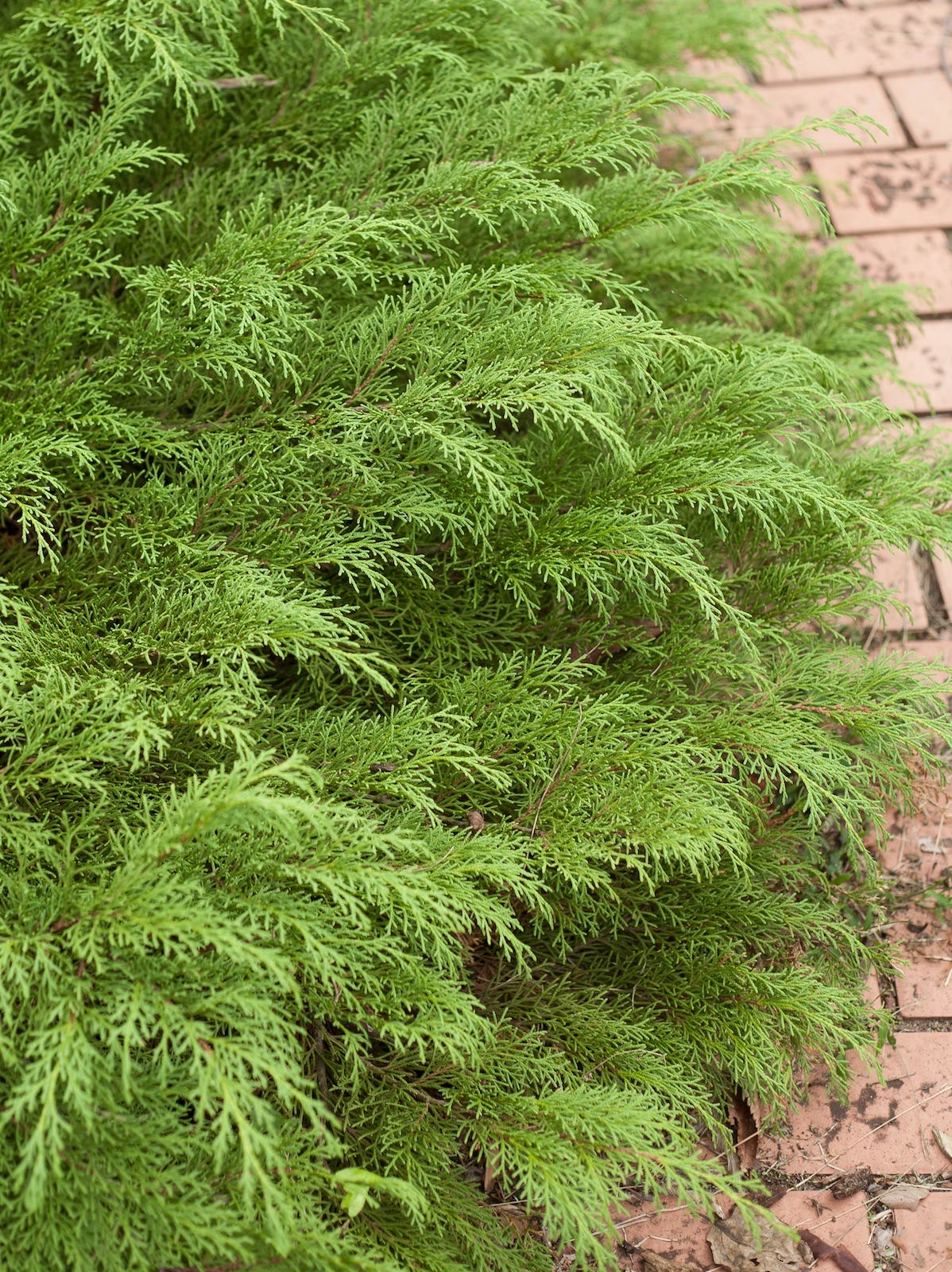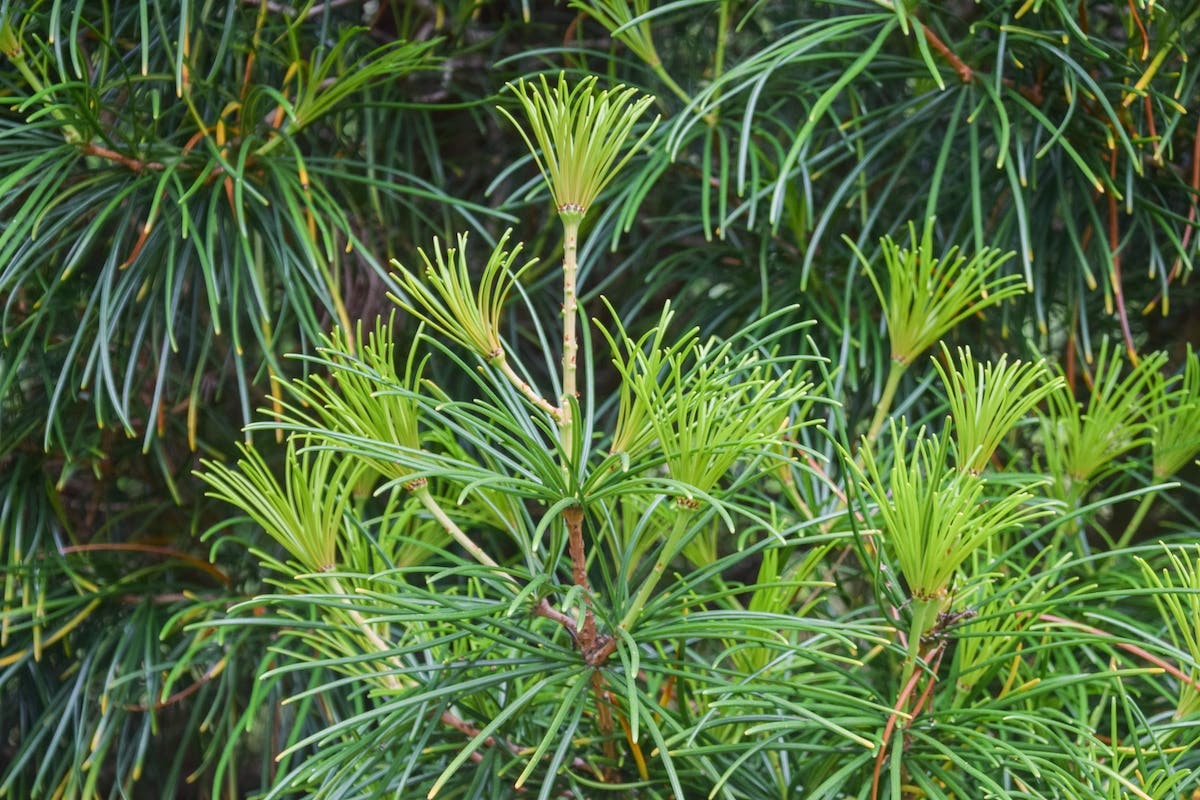We Americans are gradually retreating from what has been for the last century formulaic openness—that stretch of lawn from house to street, running seamlessly from one neighbor to the next. Now we’re asking, why not place a division along that street—a fence or wall or hedge—to gain some privacy?
Unfortunately, many towns have rules limiting the height of walls and fences. In my town of North Salem, New York, they cannot be taller than four feet without a special ordinance. But no one objects to hedges. Perhaps it’s because they seem friendlier, more natural. Homeowners, recently, have been turning to evergreens to shield their properties—hemlocks, yews, rhododendrons, white pines or arborvitae, any of which make successful hedges where deer are not a menace. In areas like mine, deer diminish these evergreen screens to tufts on stilts, grazing up to the height they can reach, unless the hedge is clad with wire or plastic armor. Happily, deciduous hedges are not caviar to deer. Moreover, they are as effective at screening as evergreens, cheaper to buy and they offer a variety of interest through the seasons.
Tall Hedges
Unclipped deciduous hedges can be beautiful screens where there is space for them to flourish. Here at Duck Hill, we’ve used our native cranberry bush, Viburnum trilobum, as a screen along the road. Translucent clusters of red berries follow its white flower cymes and persist into winter. The old-fashioned V. opulus is similar with snowball blooms. Or try the dramatically tiered doublefile viburnum (V. plicatum tomentosum). Lilacs also make a splendid informal hedge—choose the lovely ‘Miss Kim’ with ice blue flowers in June and coppery foliage in October. Even forsythia, given room to fountain, can be a successful screen. It’s ordinary but also dependable, cheap, gaudy in April and attractive in winter because of its warm brown branches.
If your garden is small and you want to use hedges to divide its spaces, more formal clipping is in order. We are all familiar with privet (Ligustrum), which, if left unclipped, will grow to 10 feet or higher, offering scented white flowers (some would say stinky) and blue-black fruit. It can be a good-looking hedge if it’s correctly sheared: canted out toward its base, like a gumdrop or an A-frame. Privet hedges need, at a minimum, a twice-a-month shearing to keep them tidy. If the weather is warm and rain has been abundant, the hedge can look like a bad-hair day after a week. I’ve learned the hard way over the years that such fast growers are not as desirable as slow-growing candidates for formal hedges.
For an easily maintained four- to ten-foot hedge, you cannot do better than the small shrubby tree, Cornelian cherry (Cornus mas). It has the beautiful ribbed leaves typical of dogwoods, acid-yellow button flowers that stud the early spring branches and red fruit in midsummer. (My husband makes jam from it.) The dense twiggy growth of its gray branches is appealing in winter. It is slow growing but shapes up nicely and needs to be clipped lightly only four times a year. Plant the individual plants four feet apart to make a hedge, and cut them back by half the year after planting to encourage them to bush out from the bottom.
For a bold, high hedge (from six to forty feet) in full sun or partial shade, consider the handsome European beech (Fagus sylvatica). Its silver-gray trunks and branches are clothed with glossy green leaves that turn a coppery luggage brown in fall and continue to cling on the branches through winter. The old leaves drop as the new fresh green leaves emerge. Hornbeam (Carpinus betulus) is similarly elegant, with a slightly more airy lacing of leaves, which turn yellow in fall and drop off in winter. Beech and hornbeam hedges are common sights in northern Europe, surrounding and dividing tiny cottage gardens as well as grand estates in Holland, Belgium and France. In our nurseries, liner plants are harder to find but worth the effort.
Small Hedges
Two Northeast natives are good choices for smaller flowering hedges. Summersweet (Clethra alnifolia) surprises us by flowering in August with fragrant racemes of white or pink flowers. Clip it after it blooms or in early spring, because it flowers on new wood. Clethra has the slight drawback of leafing out very late in the spring, so it is not a good choice where you want early green. I have recently planted a hedge of our gray-twigged dogwood (Cornus racemosa) to hide the driveway up to our barn. This is a suckering shrub that abounds at the wood’s edge in our countryside, but it can be loosely clipped into a densely informal four-foot hedge; the suckering is contained by lawn on one side and the drive on the other. Birds quickly eat the white fruit that follows the white spring flowers. The red fruit stalks that remain give the shrub a rosy haze through winter.
Here at Duck Hill, we finally, gleefully, ripped out a 27-year-old barberry hedge around the herb garden. Besides seeding promiscuously, it is a devil to keep trimmed, needing weekly shearing, and all those nasty thorns fall to the ground, waiting to prick you as you weed the beds. As an experiment, we’ve replaced it with dwarf Korean lilac, which we know can be clipped into dense shapes. It scents the air in spring, colors nicely in the fall and, I hope, will eventually be a four-foot geometric frame to contain the unruly herbs in this garden.


